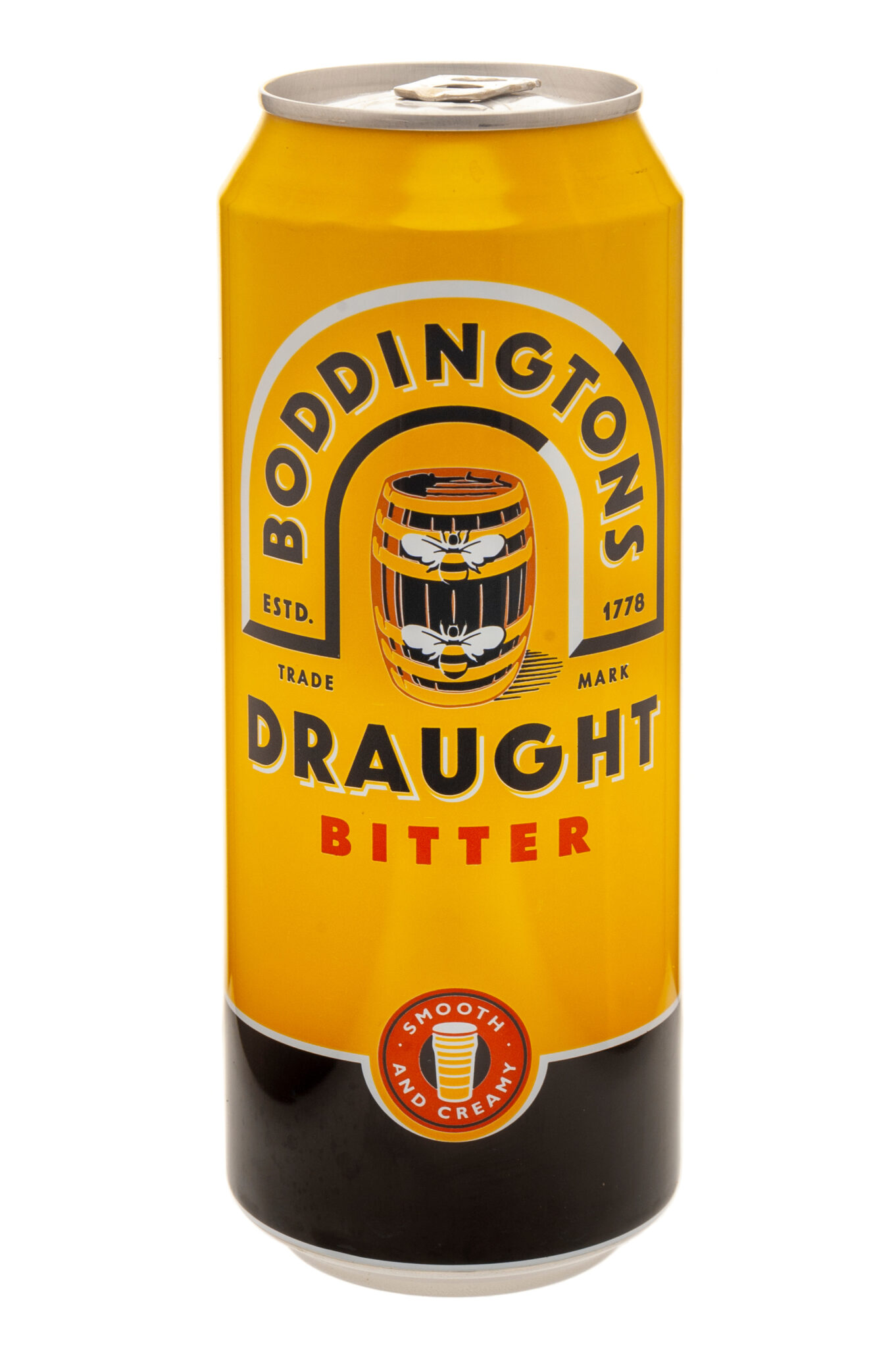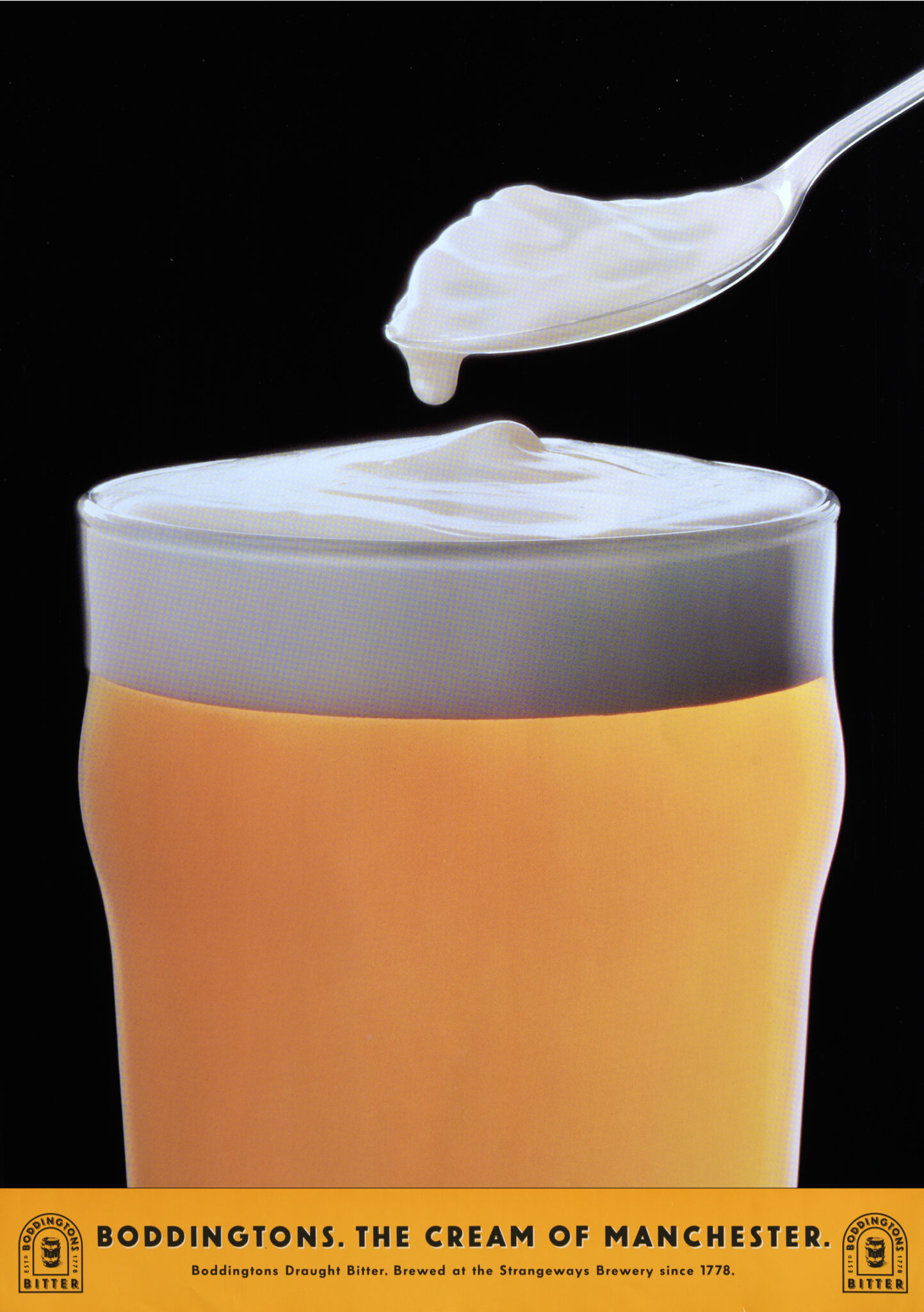Picture the perfect pint of beer in front of you.
Go on, close your eyes if you need to.
It can be any type of beer – ale, lager, stout – whatever you like.
Freshly pulled and plonked on the bar in front of you, it’s categorically the greatest, most refreshing pint you’ve ever seen.
Imagining it yet? Lovely.
Now a question… Does your perfect pint have a nice, frothy head on it?
Silly question. Of course, it does.
But 40 years ago, you’d have been laughed out of the pub for saying so.
Because believe it or not, beer foam was once a pubgoer’s greatest nemesis…

In the South of England, the slightest bit of beer foam was historically seen as a bit of a swindle.
The more creamy bubbles, the less beer in your glass – so why order anything other than foam-free English Ale!?
Well, the answer is that many didn’t.
And while the North has always loved their foamy-topped bitters, the rest of England wasn’t so keen, and so the North is where they were forced to stay.
Or at least, that was until a strange, straw-coloured beer from Manchester came along and set them free…
As detailed in Dave Dye’s fantastic interview, Boddington’s Bitter arrived at the advertising agency Bartle Bogle Hegarty in 1991 and was seen as a tough marketing prospect for two reasons.
Firstly, it was unmistakably a very foamy pint. (Emphasis on the very.)
Secondly, Manchester was a city with no history or reputation for making bitter. (A beer more commonly famous in Yorkshire).
Boddington’s was popular within Manchester, but it had never been advertised nationally, which left BBH with an interesting proposition.
How would they market an incredibly foamy beer, to an audience that didn’t drink them?
If you’ve read the title of the blog, you’ll already know the answer.
HOW EMBRACING USPs CREATED THE PERFECT PINT
Being an incredibly foamy bitter with no ties to Yorkshire, Boddingtons read like the beer that no one wanted.
The audience research from BBH only confirmed this, with results insistent that any advertising should gloss over the foamy head or simply ignore it completely.
The brief from upstairs was this: “Boddingtons… The ultimate smooth drinking pint.”
But beers or even just products being ‘the ultimate’, ‘the best’ or ‘the smoothest’ wasn’t something new – they’re traits that every brand can claim as their own.
To stand out, BBH knew they needed to be brave.
So rather than running away from the two things that made Boddingtons different, they decided to embrace them.
And still managed to follow the brief to the letter!
BODDINGTONS… THE CREAM OF MANCHESTER
With their now-iconic ‘The Cream Of Manchester’ campaign – BBH released a series of playful print ads throughout the 90s that amped up the ‘creaminess’ of their frothy beer.
There was Boddingtons as a pint of milk, Boddingtons as an ice cream cone, Boddingtons in a piping bag – you name it, they did it.
There was also plenty of tongue-in-cheek energy reserved for their Manchester roots too, paying tribute to the other brilliant things the city had produced.
For example, when Manchester United won a league and cup double, BBH pounced with their ‘Double Cream’ ad, with two pints of Boddies donning United red.
And when the campaign moved to TV spots, there was a full-length spoof of Cornetto’s infamous Venice gondola adverts – hilariously relocated to Manchester’s canals.
While all other bitters were concerned with serious advertising, premium taste and quality production, Boddingtons was just having fun, celebrating the USP that no one wanted to hear.
Except just like the cat that got the cream, we all lapped the ads right up!
UNIQUE: THE MORAL OF THE STORY
What makes a product actually unique is often what makes it scary, as celebrating major differences always feels like a risk.
In a sea of selling points, we’re often guilty of telling an audience what we think they want to hear – how a brand is ‘the healthiest’, ‘the tastiest’ ‘the most satisfying’, and ‘the best’.
With brand beer goggles on, we see everything they can offer as beautiful and worth cheering, chasing current ideals rather than striving to change them.
And in turn, we miss the bare bones of what makes a specific brand desirable.
Does your cereal make a weird, unsettling noise when you add milk… or does it ‘Snap! Crackle! [and] Pop!’?
Is your fast-food chain a greasy, messy experience… or is it ‘finger lickin’ good’?
And is your beer a lot more frothy than people like… or is it actually ‘The Cream of Manchester’?
Brand beer goggles might be tricky to remove, but when we do, it’s easy to see a brand for what it really is…
Something unique you can truly fall in love with!


